Almost 200 years after his death at Monticello, his beloved Virginia home, we can only imagine what our third president, Thomas Jefferson, might have thought about Virginia wines if he were around to taste them today.
Jefferson was perhaps America’s original wine connoisseur, with firsthand knowledge of France’s great vineyards from his visits to Burgundy, Bordeaux, and other regions in his years as ambassador to France. It was part of a lifelong love affair — maybe an infatuation — with French, Italian, and other European wines, which he regularly had shipped home to the White House and, later, to Monticello in his retirement.
Jefferson tried his hand at growing grapes, planting vineyards at Monticello, but the Virginia wine project never really took off. In his book “Thomas Jefferson on Wine,” John Hailman quotes a 1796 letter from a visitor to Monticello, who wrote: “Several attempts have been made in this neighbourhood to bring the manufacture of wine to perfection; none of them, however, have succeeded to the wish of the parties.”
Don’t Miss A Drop
Get the latest in beer, wine, and cocktail culture sent straight to your inbox.
Fast-forward more than two centuries, to France once again. More than 4,000 exhibitors, most of them wineries, are gathered at “Wine Paris & VinExpo Paris 2024,” an annual three-day wine and spirits trade fair that has become so vast, it takes up seven giant halls at the city’s Paris Expo Porte de Versailles exhibition center. More than 41,000 visitors attend, many looking for the next great pours for their restaurants, wine stores, or import-export businesses.
Among those planting their flags from all over the wine world: Virginia Wine.
Six Virginia wineries represented the state at the event last month, and on the whole, their wines were outstanding. Although more than 30 different grapes are grown in Virginia, two of them seem to be especially well suited to Virginia’s terror: the red Cabernet Franc and the white Petit Manseng (along with some Viognier, Petit Verdot, Tannat, and red blends).
Although Cab Franc is well known throughout the wine world — it’s the signature red of France’s Loire Valley and an important Bordeaux variety — it lives in the shadow of Cabernet Sauvignon in this country. Based on my tastings in Paris, it seems to do phenomenally well in Virginia.
As for Petit Manseng, it’s a leading variety in Jurançon in France’s southwest, where it is often fermented into sweet wines for which it is justly famous. Virginia is one of the few regions outside France where it is gaining recognition, and with exciting results.
And that’s why the Virginia Wine Board decided to make the two varieties a focus last month at VinExpo in Paris. Its marketing manager, Anna Anderson, notes that while Chardonnay is the second most planted grape in Virginia, it’s not what people are necessarily looking for at a big wine event in France, where oceans of Chardonnay from France and elsewhere are promoted.
“Petit Manseng is going to stick out in a show like this,” she tells me in an interview at the Virginia Wine exhibit. “You can find a lot of Chardonnay, but I think what we’re doing with Cabernet Franc and Petit Manseng is really interesting.”
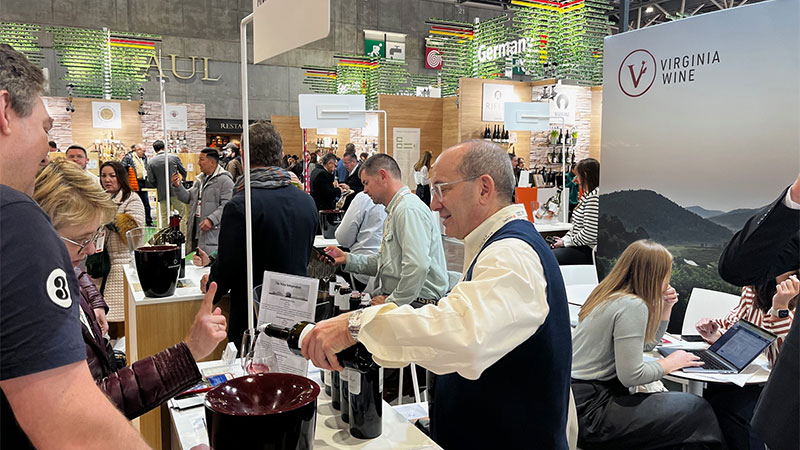
One of the top promoters of Virginia wines beyond the state is Michael Shaps, who, as owner of Michael Shaps Winery in Charlottesville and Maison Shaps, a winery in Burgundy, is making wine in both countries. In Paris, he tells me that he’s surprised to find many people not just from France who don’t know about Virginia wine, but a lot of Americans at VinExpo as well. “That wasn’t something I thought of — coming to Paris to impress Americans, but that’s what’s happening,” he says.
How did he know there might be an appetite for the wines in France or in Europe more broadly? “Over the years I’ve been bringing bottles with me from Virginia to give to friends in Burgundy and they keep asking me for more,” he says. “They love the wines, so that was kind of the first hint that maybe these wines might be appreciated, and I’m seeing it here today.”
He notes that certain French varieties like Petit Manseng and Petit Verdot, with their high acidity, seem to work especially well in Virginia because the climate softens the acidity. While Petit Manseng is usually made off-dry or sweet in Jurançon because of it high acids, “in Virginia, with the heat and humidity we have, it ripens with less acidity but has all the varietal character.” The French are intrigued by that, he says, “so it’s really showing the varietals they’re not used to seeing done a different way that they really appreciate.”
The Virginia wine industry has grown from 50 wineries in the mid-1990s to more than 300 today, drawing over 2.5 million visitors each year and generating close to $2 billion annually, according to Virginia economic and tourism statistics.
Monticello, where Thomas Jefferson failed in his attempts to grow grapes and make wine more than two centuries ago, is now the name of one of eight Virginia AVAs. I can’t help but think that he would be pleased, not only about the quality of the wines being produced in his backyard, but that Virginia is bringing them to France — “Jefferson’s return,” as Michael Shaps put it.
Kirk Wiles, the founder of Paradise Springs Winery, adds that it shows “that we can compete on a global scale” and that “we have a uniqueness about us that I think we’re starting to blossom and grow and show the world who we are.”
Here are 10 top Virginia wines to try:
Early Mountain Vineyards Petit Manseng 2021
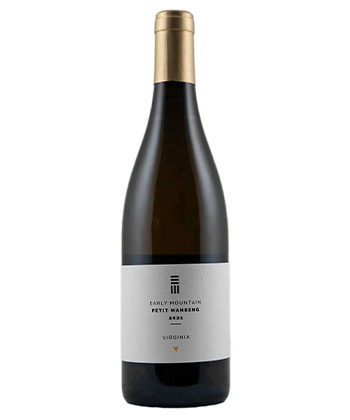
A stellar example of Petit Manseng, with green apple, apricot, and lemon notes, refreshing acidity, and a great mouthfeel. The freshness is helped by the addition of 2 percent Sauvignon Blanc to the blend. Fermented and aged mainly in large barrels, the oak does not call attention to itself.
Price: $28
Buy This Wine
Michael Shaps Petit Manseng 2019
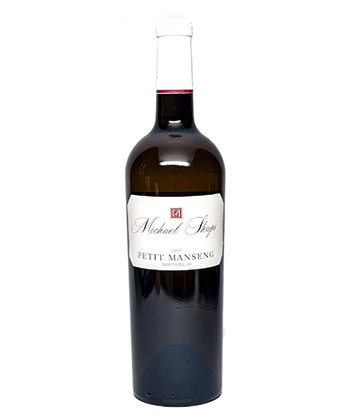
Michael Shaps incorporates a small amount of Roussanne in this bottling to soften the acidity of the Petit Manseng. The wine has flavors of apricot, pineapple, and lemon curd with a touch of green olive. Three-quarters of the wine is aged in new oak barrels, but the wood remains in the background.
Price: $29
Buy This Wine
Paradise Springs Winery Petit Manseng 2022
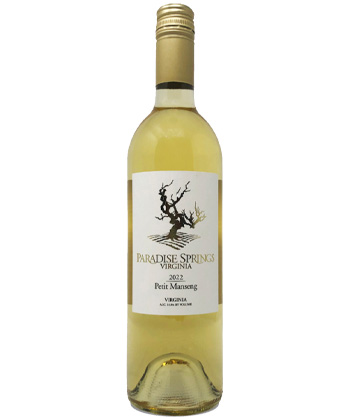
The Paradise Springs winery is located in Clifton, Va., just outside Washington, D.C., where it produces this intriguing Petit Manseng. It’s a “big” wine, but it’s so well balanced that you don’t notice its 14.5 percent ABV. The acidity lifts notes of golden delicious apple, apricot, tropical fruits, and a touch of vanilla. It’s aged in concrete.
Price: $37
Buy This Wine
Michael Shaps Viognier 2021

Viognier clearly also has a future in Virginia, as this wine demonstrates with its floral nose and lovely stone fruit and peach notes. The fruit is accented with a hint of baking spices. The winery notes that since Viognier is sometimes known for low acidity, stainless steel aging and adding 5 percent Riesling to the blend helps keep it bright and refreshing.
Price: $40
Buy This Wine
King Family Vineyards Cabernet Franc 2022
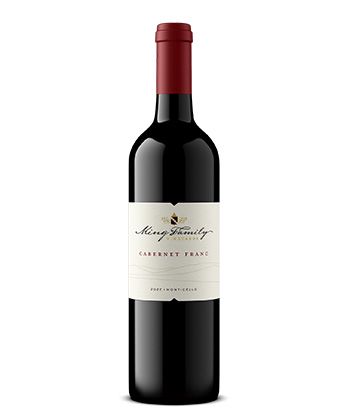
This young, refreshing Cab Franc weighs in at a lean 12.5 percent ABV. It’s well balanced with red fruit flavors, some spice, and a touch of green “stemminess” that’s typical of the variety.
Price: $30
Buy This Wine
Michael Shaps Cabernet Franc 2020
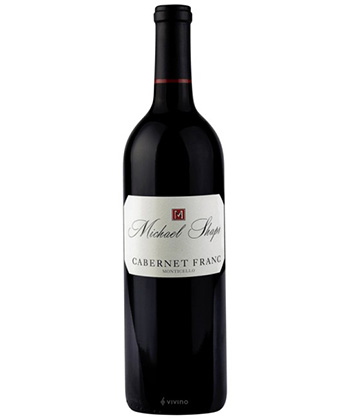
This lovely wine from the Monticello AVA is marked by bright red and blue fruit flavors, a good deal of spice, and a black olive note. As the wine shows, the Virginia Cab Franc style leans more toward leaner Loire Valley wines than bolder expressions from California.
Price: $37
Buy This Wine
The Williamsburg Winery ‘Virginia Trianon’ Cabernet Franc 2019
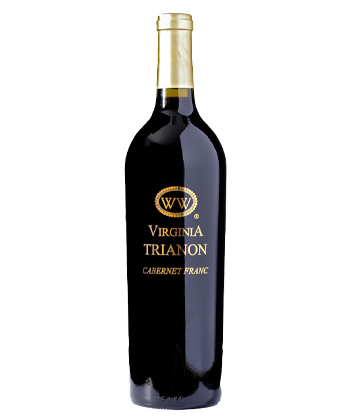
This blend of 78 percent Cab Franc and 22 percent Petit Verdot is made from grapes sourced from vineyards in the Monticello AVA and Bent Mountain near Roanoke in southwest Virginia, respectively. It’s concentrated and spicy with black and red fruit flavors along with earth and leather notes.
Price: $45
Buy This Wine
Paradise Springs Winery Petit Verdot Brown Bear Vineyard 2021
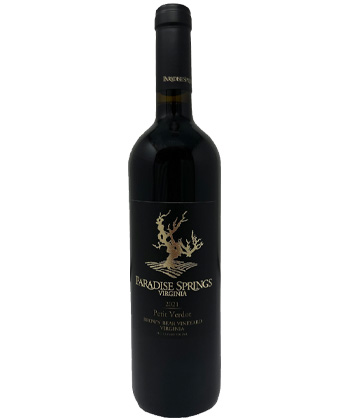
It’s uncommon to see Petit Verdot bottled on its own — it’s often found in Bordeaux blends — but this 100 percent Petit Verdot is a winner. There’s a hint of lavender along with ripe dark berries on the nose, then blackberry, plum, and more herbs on the palate.
Price: $45
Buy This Wine
Michael Shaps Tannat Honah Lee Vineyard 2019
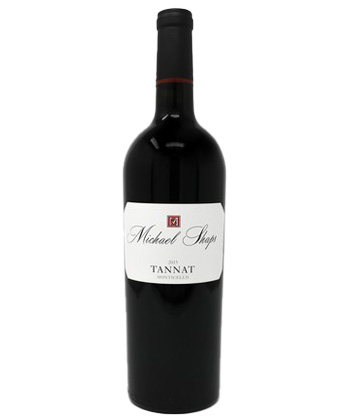
This Tannat is big and concentrated, though the ABV of 13.7 percent is not over the top. Pretty, dark fruit aromas are a preview of blackberry and cassis on the palate, with touches of baking spices and bell pepper. A firm tannic structure suggests good aging potential. The wine received 18 months of barrel aging.
Price: $40
Buy This Wine
Bluestone Vineyard Merlot 2021
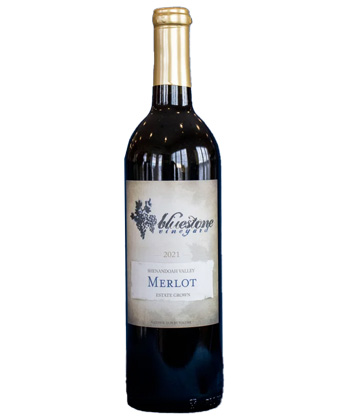
This is a delicious Merlot that’s drinking beautifully now. Relatively soft with just enough tannic grip to frame the concentrated dark berry fruit. Excellent balance, with a hint of clove as a nice accent.
Price: $28
Buy This Wine


